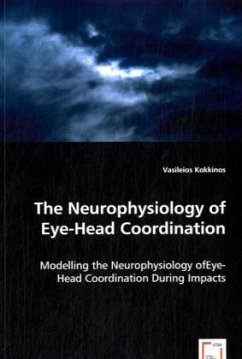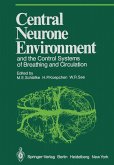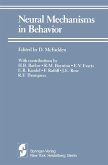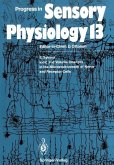Research was conducted in order to simulate real-life impacts during shifts of gaze in humans. The objective of the research was achieved by applying assisting and opposing torque loads during gaze shifts of human subjects through a servomotor. The subjects performed a simple visual task to guide their gaze shifts in the dark. The visual task led the subject`s gaze towards eccentricities of a range within which the head`s contribution to the gaze coordinated movement is indispensable. The novel gaze movement trajectories produced support the existence of a feedback control mechanism in the eye-head coordination system that keeps track of the on-going movement and adjusts the movement`s kinematics on-line accordingly. The addition of a neck-muscle generated mechanism that interferes with the vestibulo-ocular reflex and affects the eye`s trajectory post-saccadically is hereby proposed as a complement to the existing neurophysiological feedback models.
Bitte wählen Sie Ihr Anliegen aus.
Rechnungen
Retourenschein anfordern
Bestellstatus
Storno








